 Bloomberg
Bloomberg
How to Grow Green: 26 ways to launch a clean energy future out of the pandemic recovery
Someone got too close to an animal carrying an unknown virus, and within months the world was in the grips of a crisis the likes of which few alive have seen. Millions have contracted what we now know as Covid‑19; more than 350,000 have died from it. Tens of millions more have lost their jobs as much of the planet remains at a standstill. Governments have committed nearly $12 trillion to stop the economic fallout, and trillions more will almost certainly have to be spent over the course of a long recovery.
The question now is what form that recovery will take. In the past, deep recessions have been followed by spikes in industrial activity that churned out far more greenhouse gas than was avoided in the downturn. Carbon dioxide emissions dropped 1.4% in 2009, for instance, before rising 5.1% the following year when the economy started to bounce back. That’s not something the world can afford today, when just a small increase in average temperature could cause irreversible climate damage.
Read more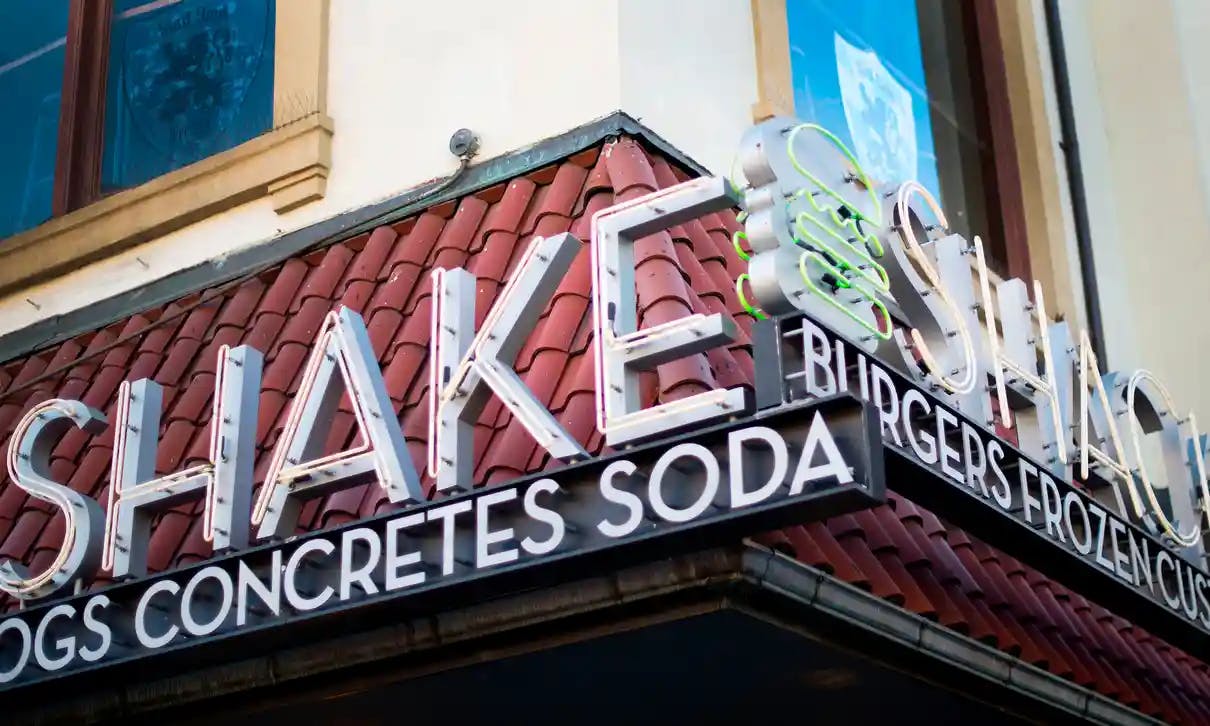 The Guardian
The Guardian
US hands out billions in coronavirus aid – but we don't know who's profiting
Businesses have taken at least half a trillion dollars in coronavirus aid from the American public, and the government is refusing to disclose which companies are getting the money.
The lack of oversight in the system for US lawmakers’ “paycheck protection program” makes the historic levels of spending ripe for abuse. The media and watchdogs cannot scrutinize the payments to ensure against waste, fraud or favors to political allies.
Eleven national news publications are suing for public records, yet little public attention has gone to the problem, as the government has scrambled to respond to a cratered economy and unemployment that has soared past 40m jobless claims.
Read more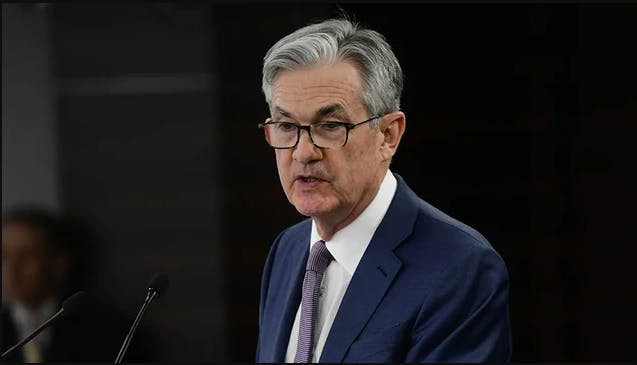 USA Today
USA Today
Despite breakout jobs report, Fed likely to downgrade outlook, signal near-zero rates for years
Despite a stunningly strong May jobs report last week, the Federal Reserve on Wednesday is expected to maintain its dour economic outlook amid the coronavirus pandemic and signal that it’s likely to keep its key interest rate near zero at least through 2022.
The Fed’s cautious approach would serve as a counterpoint to Senate Republicans, who indicated they’re in no rush to pass another massive stimulus after the blockbuster employment news revealed an economy that may be rebounding sooner than anticipated from the depths of the health crisis.
Read more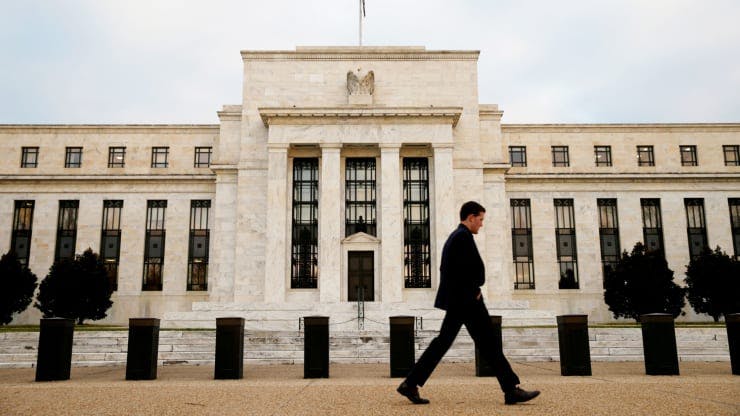 CNBC
CNBC
Big jobs gain ‘has bought the Fed some time,’ but more help eventually will be needed
In addition to signaling a possible turn in the economy, the big job gains in May give the Federal Reserve some more wiggle room before its next policy move.
Markets will be watching this week’s Federal Open Market Committee meeting more for what the central bankers say than what they do. There’s virtually no chance they will move on interest rates, and only a marginal possibility of changes to asset purchases or the myriad programs put in place to combat the coronavirus pandemic and the accompanying recession.
However, the committee could give a nod to future intentions regarding caps put on interest rates, as well as guidance for what the Fed hopes to achieve with its near-zero rates and trillions in bond buying and when some of that will be rolled back.
Read more CNBC
CNBC
Fed expands Main Street program to allow for both smaller and bigger loans
As the Federal Reserve prepares to start up its Main Street lending program, it has changed the terms to allow for greater participation.
The central bank said Monday that it is lowering the initially stated minimum loan and raising the maximum that can be borrowed, plus is expanding the loan terms to five years. The program is part of the Fed’s efforts to get money to small- and medium-sized businesses hurt during the coronavirus-induced recession.
Read more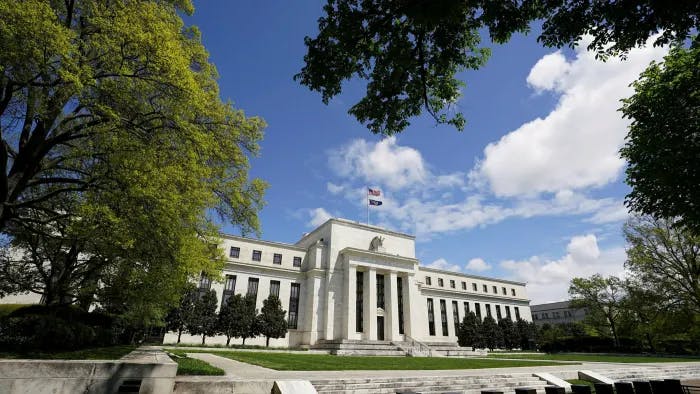 Financial Times
Financial Times
Fed faces tricky balancing act in recession response
Federal Reserve officials are facing a delicate transition to the next stage of their response to the pandemic-induced recession, as they prepare to release their first economic forecasts in six months at this week’s meeting. The Fed’s macroeconomic projections — which it declined to publish in March because the situation was shifting so rapidly — come after the US jobs report showed a surprising uptick in new hiring after two months of deep job losses, and in the middle of sharp rebound in stock prices.
The Fed’s macroeconomic projections — which it declined to publish in March because the situation was shifting so rapidly — come after the US jobs report showed a surprising uptick in new hiring after two months of deep job losses, and in the middle of sharp rebound in stock prices.
Read more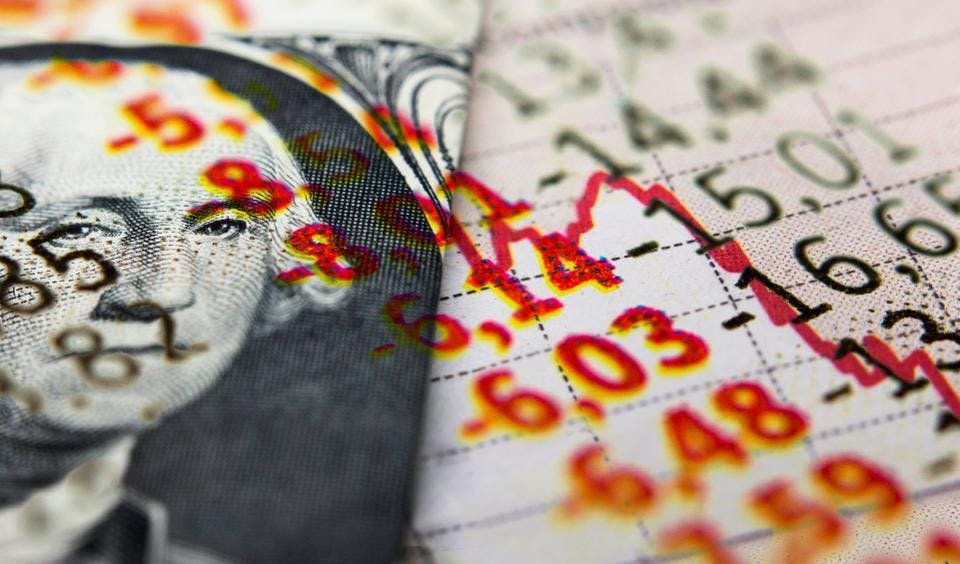 Forbes
Forbes
Fed Main Street Lending Program Already In Trouble, Likely To Get Worse
From March to April, the Federal Reserve announced 11 new lending facilities to keep the economy going amid the COVID-19 crisis. Most of the lending programs were designed to provide broad-based liquidity to financial markets, but several were not.
These other facilities – as several people have pointed out – were a dangerous departure from the liquidity norm because they allowed the Fed to lend directly to private commercial (non-financial) companies. One problem with this new arrangement is that it embroils the Fed deeper than ever in the politics that come with lending government funds to commercial businesses.
Read more Washington Post
Washington Post
The surprisingly strong May jobs report clouds prospects for more pandemic economic relief
The May jobs report stunned economists of all stripes by showing a drop in the unemployment rate. Now, that good news is dividing conservative policymakers over what Washington should do next.
Some are arguing the Friday report shows the recovery now has the momentum to sustain itself, so the federal government should shelve plans to hash out another economic rescue package this month. “We’ve already spent over $2 trillion. So we don’t need another spending bill for sure,” Stephen Moore, an outside adviser to President Trump, told NBC News.
Read more